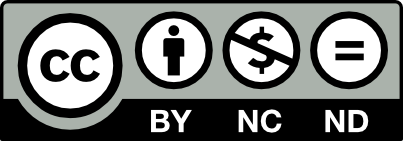Cavitation Erosion and Wet Environment Tribological Behaviour of Al2O3–13% TiO2 Coatings Deposited via Different Atmospheric Plasma Spraying Parameters
Artykuł w czasopiśmie
MNiSW
70
Lista 2021
| Status: | |
| Autorzy: | Szala Mirosław, Kamiński Mariusz, Łatka Leszek, Nowakowska Monika |
| Dyscypliny: | |
| Aby zobaczyć szczegóły należy się zalogować. | |
| Rok wydania: | 2022 |
| Wersja dokumentu: | Drukowana | Elektroniczna |
| Język: | angielski |
| Numer czasopisma: | 6 |
| Wolumen/Tom: | 142 |
| Strony: | 733 - 740 |
| Impact Factor: | 0,7 |
| Web of Science® Times Cited: | 1 |
| Scopus® Cytowania: | 3 |
| Bazy: | Web of Science | Scopus |
| Efekt badań statutowych | NIE |
| Finansowanie: | The project/research was financed in the framework of the project Lublin University of Technology Regional Excellence Initiative, funded by the Polish Ministry of Science and Higher Education (contract no. 030/RID/2018/19). |
| Materiał konferencyjny: | NIE |
| Publikacja OA: | TAK |
| Licencja: | |
| Sposób udostępnienia: | Witryna wydawcy |
| Wersja tekstu: | Ostateczna wersja opublikowana |
| Czas opublikowania: | W momencie opublikowania |
| Data opublikowania w OA: | 3 stycznia 2023 |
| Abstrakty: | angielski |
| Atmospheric plasma spraying is an up-to-date and systematically developed technology. One of the crucial ideas is injecting the sprayed feedstock powder internally or externally into the plasma arc. The spraying parameters affect the microstructure and properties of the coating, which is decisive for the operation performance of coatings and specific machine components. This paper investigates the effect of atmospheric plasma spraying parameters, namely the feedstock injection mode and the spray dis- tance, on cavitation erosion and wet environment tribological behaviour of Al2O3–13% TiO2 coatings. The internal and external injection spraying mode, constant spray velocity (500 mm/s), and two spray distances to the substrate, namely 80 mm and 100 mm, were employed. The microstructure, porosity and hardness of the deposited coatings were studied. Cavitation erosion resistance was estimated using the ASTM G32 method. The sliding wear resistance has been estimated in the distilled water envi- ronment using the ball-on-disc apparatus. The results indicate that the internal injection supports the cavitation erosion resistance and the aquatic sliding wear. The coating fabricated with the 80 mm spray distance using the internal method is characterized by the smallest wear and the highest anti-erosion performance. A shorter spraying distance indicates greater coatings uniformity, while the increasing dis- tance reduces the hardness and porosity, which are beneficial for the performance of the coatings. The main wet sliding wear mechanism has been fatigue-induced material detachment, while the cavitation erosion mechanism depends on the brittle fracture resulting in material detachment and pitting. |

